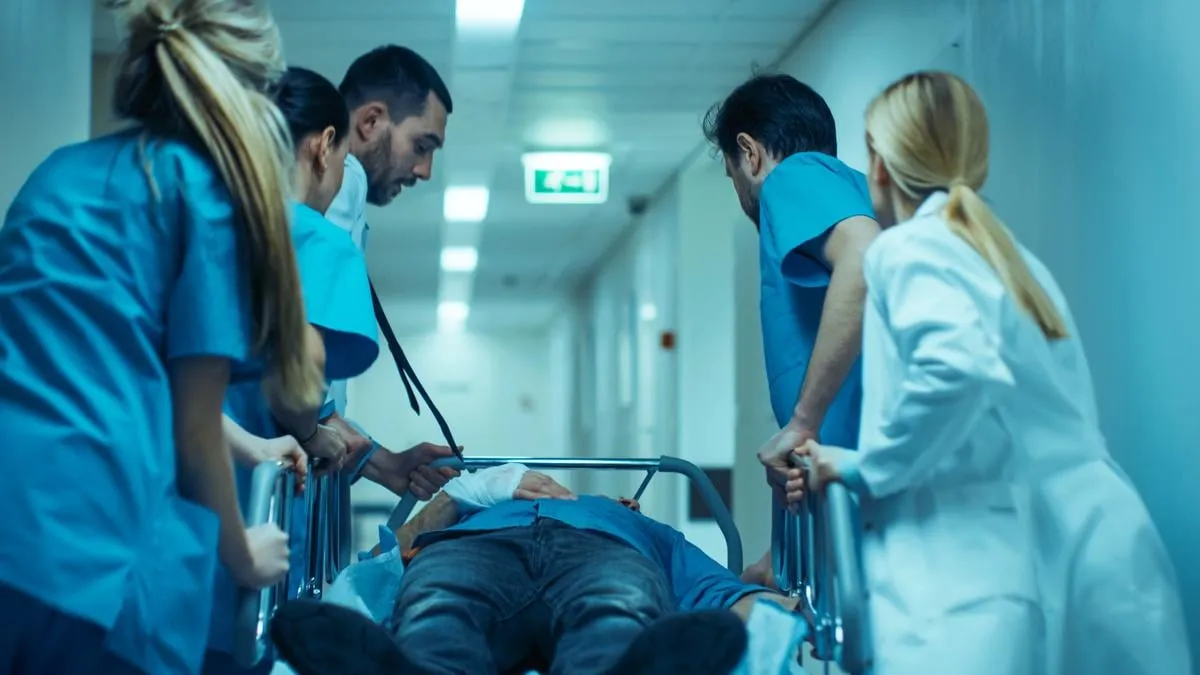AI's Role in Emergencies: A Look at Medical Technology

AI and Its Challenges in Emergency Medical Situations
Medical technology is rapidly advancing, yet a new study indicates that AI is not prepared to manage emergency room operations effectively.
Overprescription Issues
Researchers tested the AI model ChatGPT against data from 1,000 past ER visits. The findings revealed that AI often recommended unnecessary tests, like X-rays.
- The ChatGPT-4 model was 8% less effective than human doctors.
- ChatGPT-3.5 demonstrated a 24% lower accuracy.
Need for Better Frameworks
Current AI models are trained on information that may not address the specific needs of emergency departments. As noted by lead researcher Chris Williams, AI is often hesitant to recommend restraint, which can lead to cost increases and unnecessary interventions.
Improving AI's performance in emergency settings involves designing frameworks that balance urgency with appropriate care practices.
Further Insights
While medical technology like AI grows more prevalent, it’s essential to recognize its limitations, especially in high-stakes environments like ERs. For more detailed information, visit the Cleveland Clinic’s resources on AI in healthcare.
Disclaimer: The information provided on this site is for informational purposes only and is not intended as medical advice. We are not responsible for any actions taken based on the content of this site. Always consult a qualified healthcare provider for medical advice, diagnosis, and treatment. We source our news from reputable sources and provide links to the original articles. We do not endorse or assume responsibility for the accuracy of the information contained in external sources.
This article was prepared using information from open sources in accordance with the principles of Ethical Policy. The editorial team is not responsible for absolute accuracy, as it relies on data from the sources referenced.